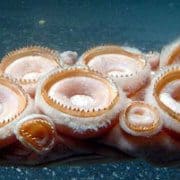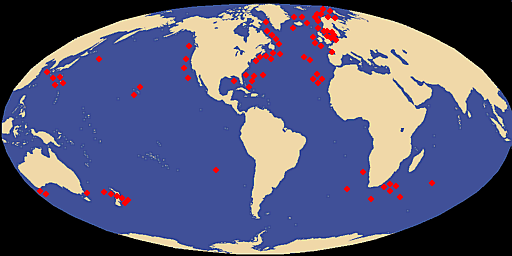Barbados Turtles
With up to 500 females nesting per year, Barbados is home to the second-largest hawksbill turtle nesting population in the Caribbean. The Barbados Sea Turtle Project (BSTP) was established over 25 years ago and is working to find a sustainable balance between restoring the local marine turtle populations to healthy levels while still providing opportunities for sustainable use by the people and guests of Barbados. By incorporating monitoring, training, education, and public awareness programs, this dynamic organization is working to turn the turtle’s greatest threat, humans, into their biggest ally.

Green Sea Turtle
The primary nesting season for the hawksbill turtle runs from mid-May through mid to late October, a busy time in Barbados’ active tourist season. By partnering with the tourism industry, the Barbados Sea Turtle Project is turning a challenge into an opportunity. Sea Turtles have become a major attraction in Barbados and the BSTP is embracing this to help locals and visitors learn about the turtles and what they can do to help keep these magnificent creatures.
In addition to offering a 24-hour “Sea Turtle Hotline” to monitor sea turtle sightings and address sea turtle “emergencies,” the organization is involved in sea turtle conservation at all levels. Below is a list of some of the projects in which the Barbados Sea Turtle Project carries out:
- Education – During the school year, BSTP volunteers make presentations to students throughout the island. Additional programs are offered to children attending various camps during the summer break.
- Public Outreach – They offer presentations to hotel staff and visitors to help ensure that people are interacting safely with the sea turtles and can react appropriately if they find hatchlings or a turtle in distress.
- Monitoring – The BSTP monitors the nesting beaches nightly for four months during the nesting season. The record whether the turtles attempted to nest, if there was anything that prevented nesting, if eggs were laid in a safe and secure location, and how many of the hatchlings emerge from the nest.
- Research – Volunteers document all of the sea turtle nesting activities. They measure and weigh the females when possible, tag the animals for tracking purposes, and keep a running history of remigration intervals and results.
- Rescue & Rehabilitation – When needed, the BSTP will step into rescue and rehabilitate sea turtles that have run into trouble by falling into swimming pools, getting caught in nets or other unfortunate circumstances.
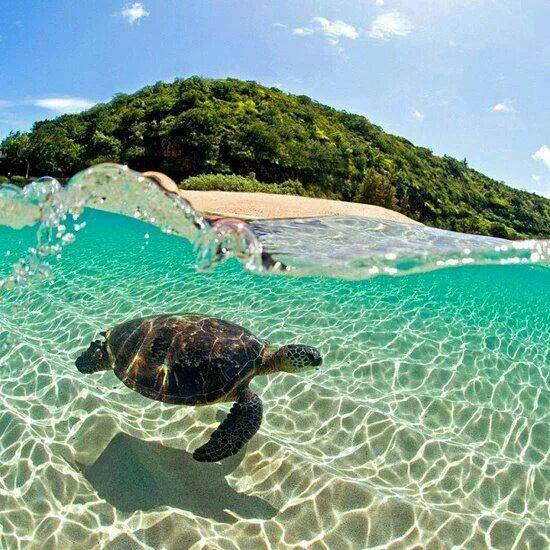 Although the populations are not as high, Barbados is also home to leatherback, loggerhead, olive ridley, Kemp’s ridley, flatback, and green sea turtles. By collaborating and partnering with the government, tourism industry, and fellow NGOs like itself, the Barbados Sea Turtle Project has made great strides in successfully finding a balance between protecting it’s turtle population and meeting the needs of the local economy.
Although the populations are not as high, Barbados is also home to leatherback, loggerhead, olive ridley, Kemp’s ridley, flatback, and green sea turtles. By collaborating and partnering with the government, tourism industry, and fellow NGOs like itself, the Barbados Sea Turtle Project has made great strides in successfully finding a balance between protecting it’s turtle population and meeting the needs of the local economy.
Watch People swim with the turtles in Barbados
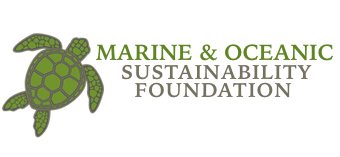
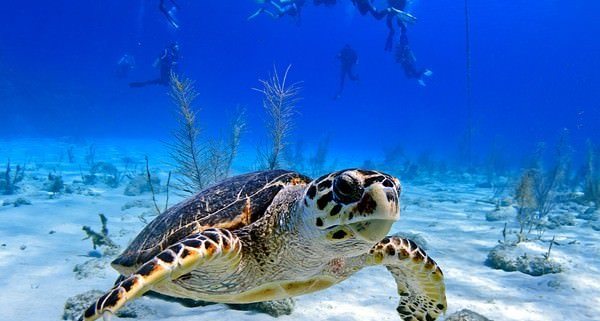
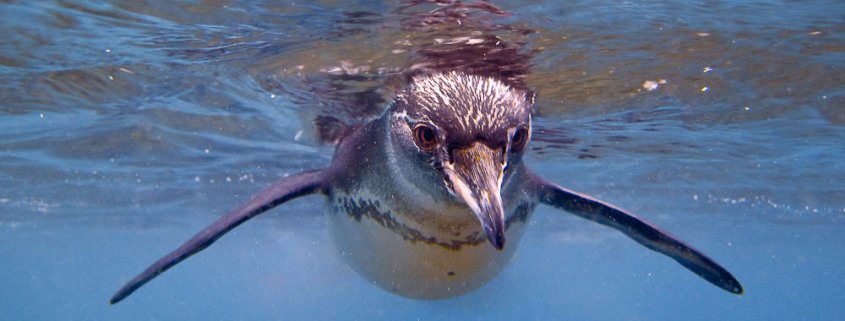

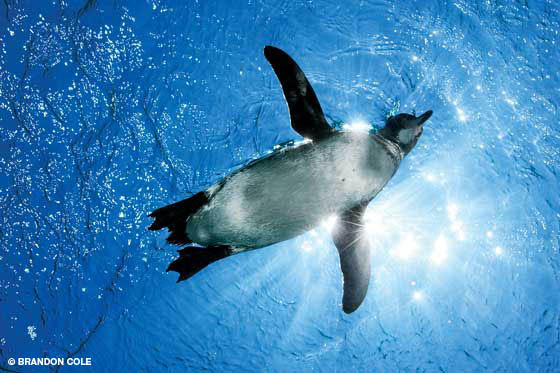 A survey done in the 1970s estimated that there were around 10,000 of these penguins, but current surveys show that there are only about 1,000 breeding pairs left. Scientists think that about 77% of the population died in 1982 and 1983 when the islands experienced unusual weather, which caused a food shortage for the penguins. They seem to be slowly rebuilding their population.
A survey done in the 1970s estimated that there were around 10,000 of these penguins, but current surveys show that there are only about 1,000 breeding pairs left. Scientists think that about 77% of the population died in 1982 and 1983 when the islands experienced unusual weather, which caused a food shortage for the penguins. They seem to be slowly rebuilding their population.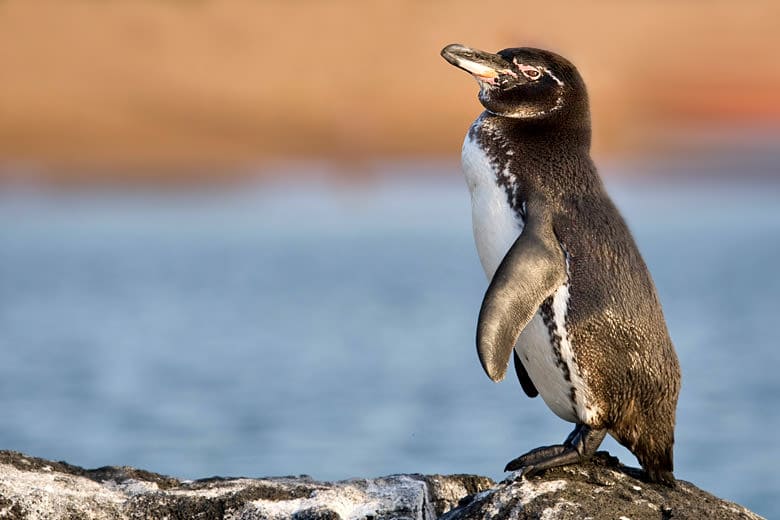 The penguins mostly eat small fish like mullet and sardines. Unfortunately, because they are so small they have many predators. On land, crabs, snakes, owls, and hawks pick on the little penguins; in the sea, sharks, fur seals, and sea lions can attack them. It can be a rough life, but these penguins seem to enjoy their tropical paradise.
The penguins mostly eat small fish like mullet and sardines. Unfortunately, because they are so small they have many predators. On land, crabs, snakes, owls, and hawks pick on the little penguins; in the sea, sharks, fur seals, and sea lions can attack them. It can be a rough life, but these penguins seem to enjoy their tropical paradise.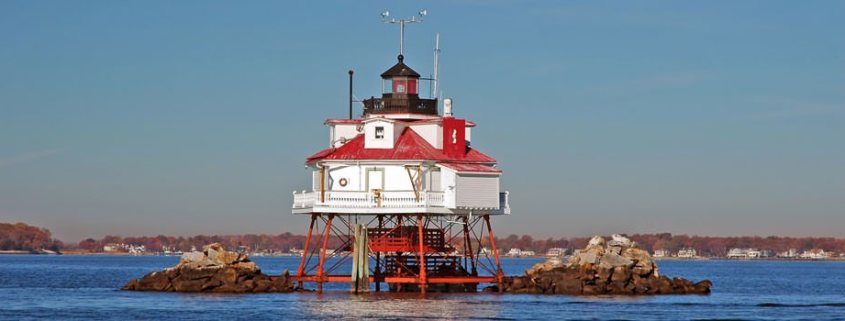
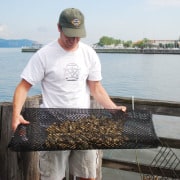 Last year, we kicked off our summer with a Memorial Day party at a friend’s house. His home sits on the scenic South River, a tributary of the Chesapeake Bay, just south of Annapolis, Maryland. Little did we know, that day would turn into so much more than just a fun day with old friends.
Last year, we kicked off our summer with a Memorial Day party at a friend’s house. His home sits on the scenic South River, a tributary of the Chesapeake Bay, just south of Annapolis, Maryland. Little did we know, that day would turn into so much more than just a fun day with old friends.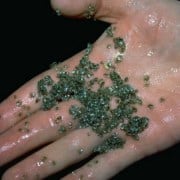
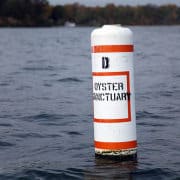
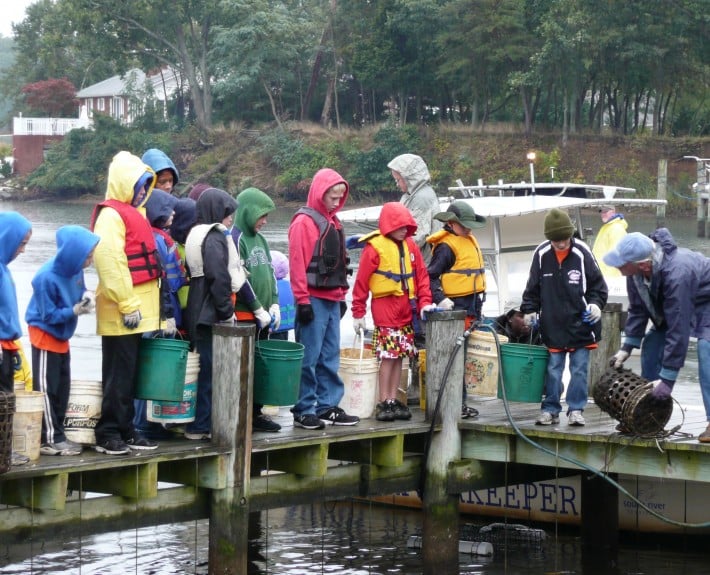
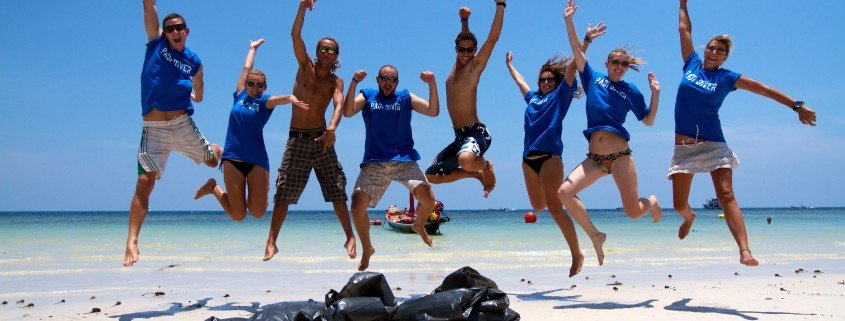
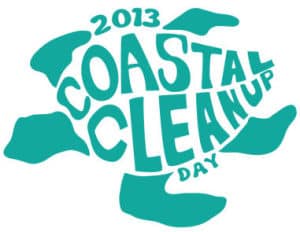
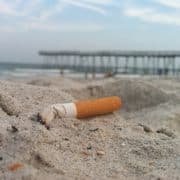
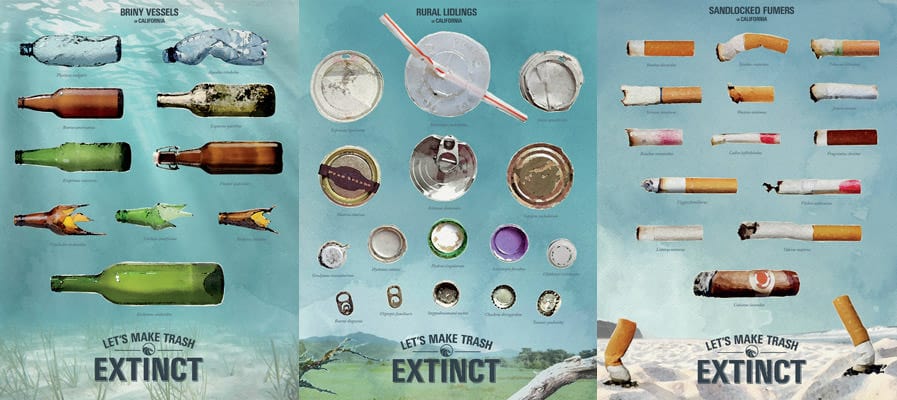
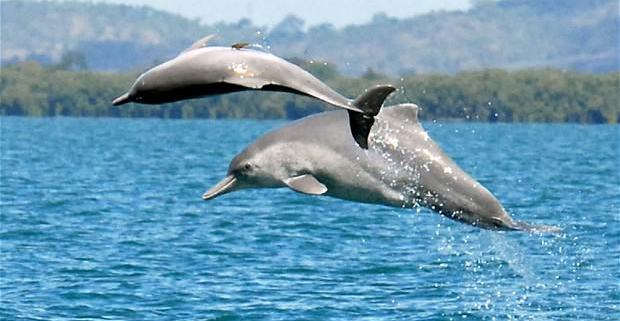
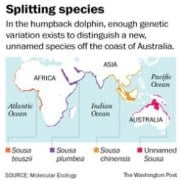
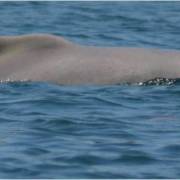
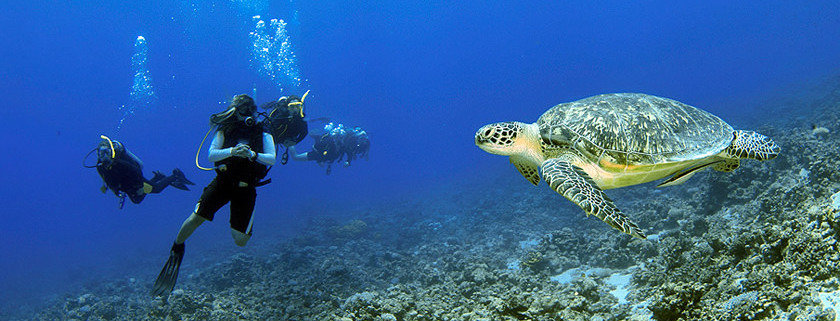
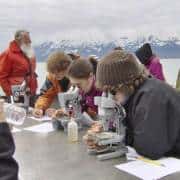
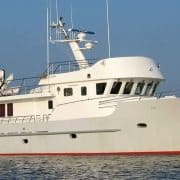 MOSF is committed to working with local teachers, students, and community groups. Through outreach programs like this, people will gain a better understanding of how they are affecting their marine habitats and how they can get involved to assure their long-term health and sustainability.
MOSF is committed to working with local teachers, students, and community groups. Through outreach programs like this, people will gain a better understanding of how they are affecting their marine habitats and how they can get involved to assure their long-term health and sustainability.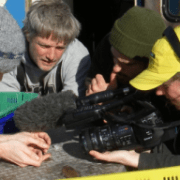
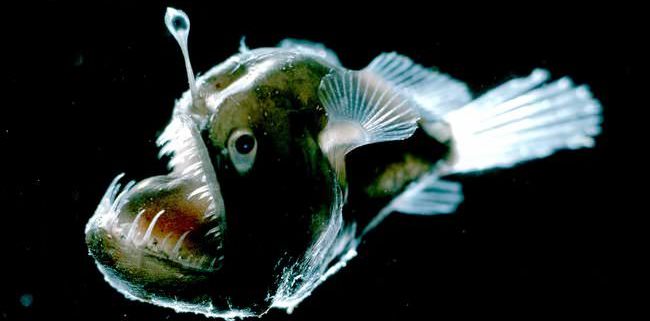

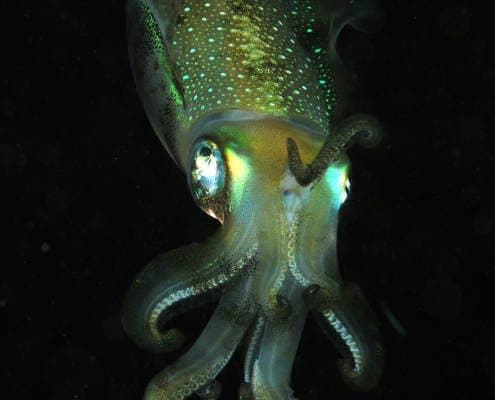
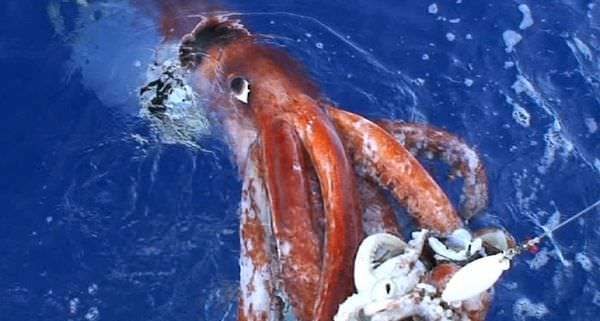
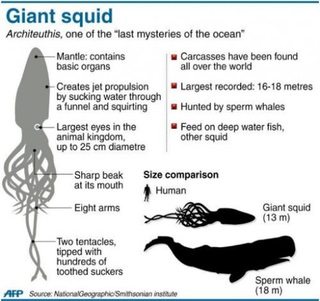 You would think an animal the size of a school bus would be easy to find. Yet the giant squid, which weighs over a ton and is over 42 feet in length, is still one of the biggest mysteries of the ocean. Scientists all over the world are trying to learn more about this elusive animal. Part of the reason that so little is known about them is because they live in the deepest parts of the ocean. They are so deep that it takes about 2 hours to go up and down in a submarine. It has only been recently that they have had technology advanced enough to go that deep and it is still very expensive.
You would think an animal the size of a school bus would be easy to find. Yet the giant squid, which weighs over a ton and is over 42 feet in length, is still one of the biggest mysteries of the ocean. Scientists all over the world are trying to learn more about this elusive animal. Part of the reason that so little is known about them is because they live in the deepest parts of the ocean. They are so deep that it takes about 2 hours to go up and down in a submarine. It has only been recently that they have had technology advanced enough to go that deep and it is still very expensive.